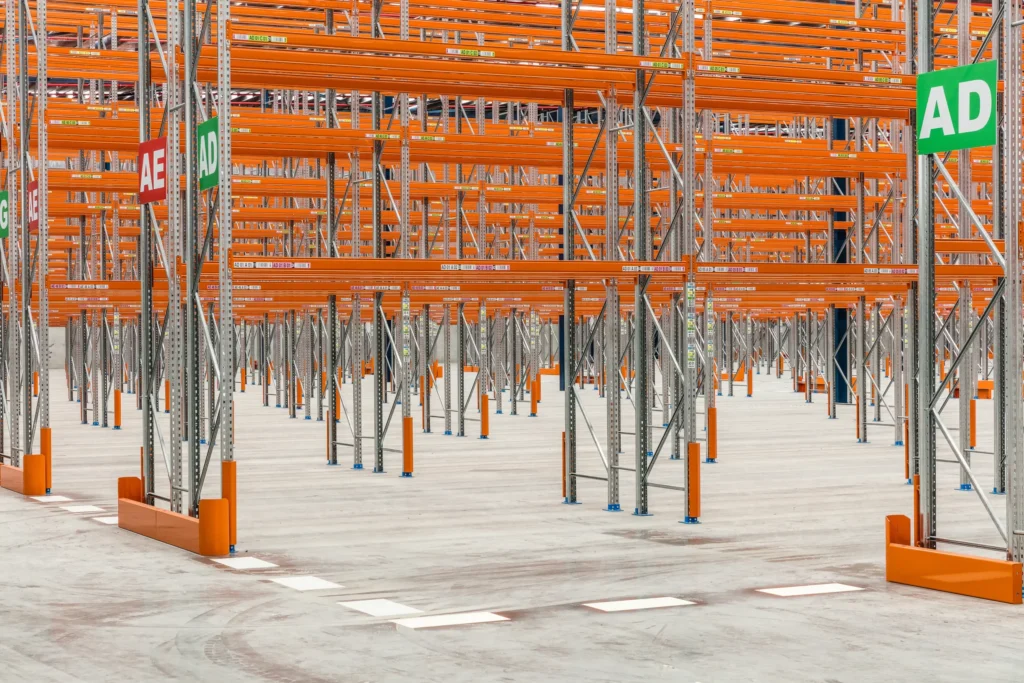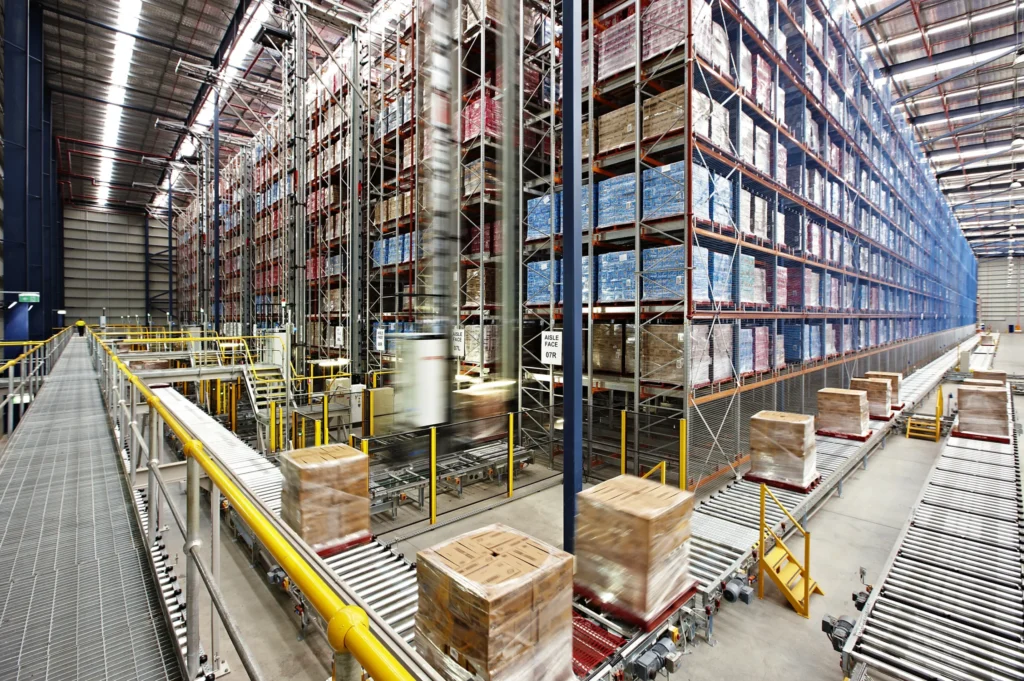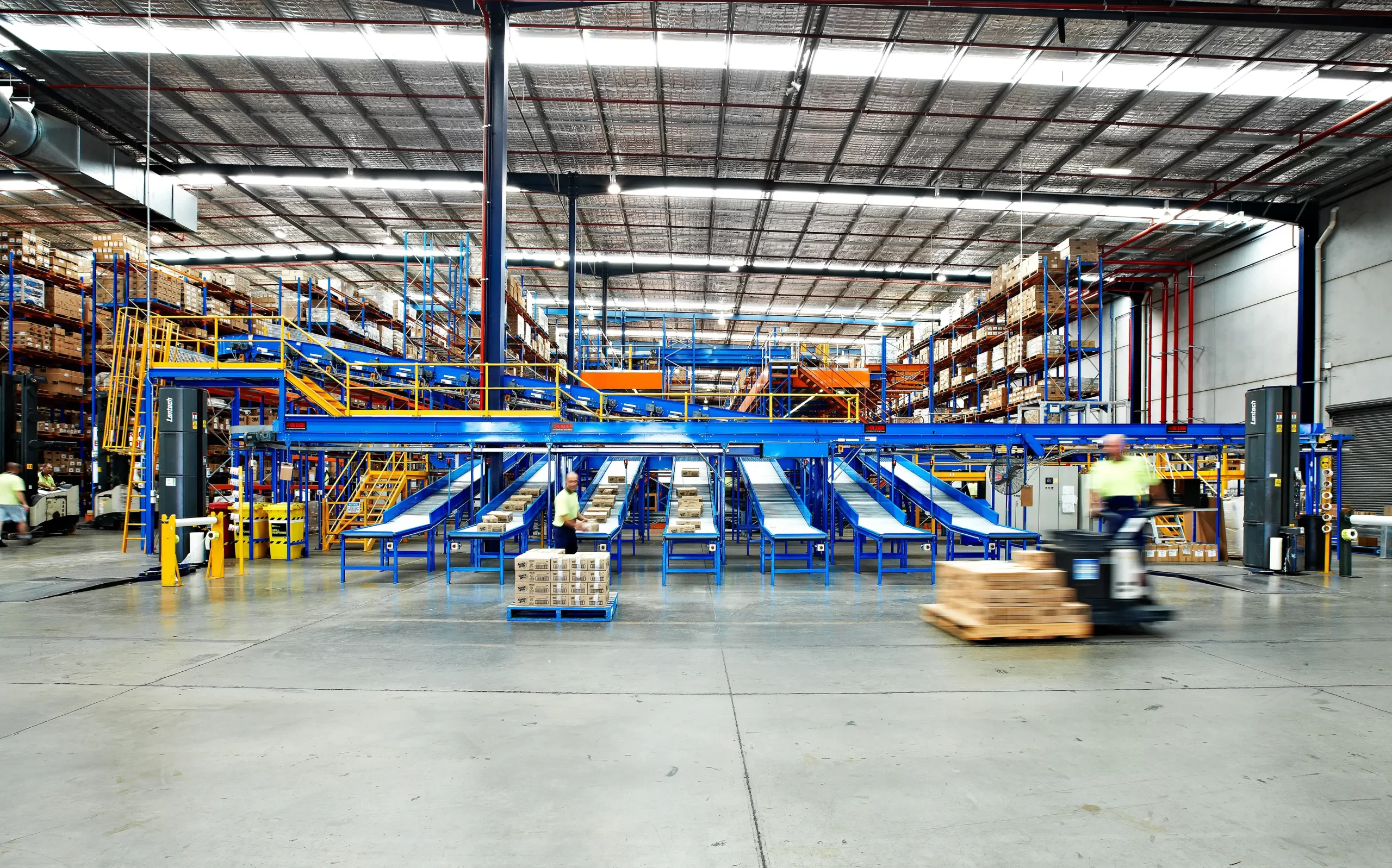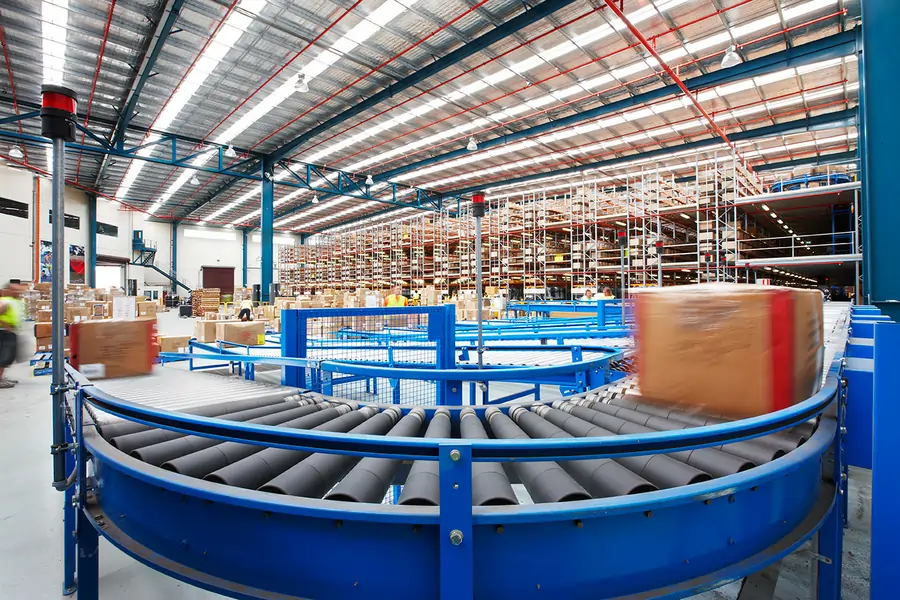In the current environment where customers are looking for speed, accuracy, and reliability, is your business ready to meet growing demands of the market? What would it take to take your business to be at its optimum level of productivity and leap to the next level of growth?
Well, the one tool that will help you achieve warehouse efficiency and eliminate unexpected incidents like stock shortage is a Warehouse Management System or WMS.
What is WMS?
A WMS is a software application designed to streamline warehouse processes with the objective of improving overall efficiencies in a warehouse. The system offers visibility into daily business operations for full control in every area – from receiving, put-away, inventory, resources, customer orders, planning and operational performance.
What does WMS do?
- Traceability and visibility of tasks in real time
A real-time WMS solution provides an accurate record of your inventory. Having a true picture of your inventory will ensure a high level of customer service and retention. In the case of eCommerce operations, this is critical in growing your business. Not having an efficient tracking and tracing process of your stock can create errors in the order picking process. Picking orders accurately and efficiently will ensure you meet customers’ expectations and reduce costs
This is because, at its core, the WMS tracks products (SKUs) by location and quantity. How WMS achieves this is by managing all product movements and information in a highly structured and integrated process from receiving, put-away, picking, packing, work-in-progress and shipping.
Operator-friendly dashboards provide real-time, accurate information and useful insights for supervisors and managers to oversee inventory forecasting, plan manpower and strategize resources for the business.
- Control of warehouse inventory and operations
Automating and streamlining processes cuts out manual work that produces errors.
WMS prevents issues like duplicate entries, time-consuming documentation or recording down the wrong quantities. It provides accurate information on physical inventory and does not rely on operator memory and provides a true position of inventory back to the Accounting system. A definite plus is that it reduces or eliminates the need for repeated stock takes.
An example of the process improvement experienced is the picking efficiency that it provides. A picker who normally does 50 to 60 picks per hour, with no system driven processes, could increase their productivity to 70 to 80 picks per hour using radio frequency devices and barcode identification.
This is a significant increase of orders that could be processed with less operators on the floor.
Who needs WMS?
The system is suitable for small companies that are using Excel sheets to manage their business and also large enterprises looking to improve their work organisation and reduce errors.
Why implement WMS?
- Your stock is valuable
You will have full insight to where every single item is. The WMS tracks every movement and task within the warehouse, in real-time, and provides all information needed to run your operation efficiently.
- It prevents human errors
Without WMS, the reliance is on individual staff remembering and making decisions on every task and product movement and then recording the events accurately. A system driven process ensures every operator is performing to best practices implemented in the warehouse and recording all information automatically.
- End-to-end process on a single platform
With WMS, the status of the Purchase order is linked to the worker, confirmation number, movement of goods and receipt of goods. There is no need to second guess any part of the process.This simplifies warehouse operations and improves your ability to manage your business more effectively.
- Customer satisfaction
In short, DIFOT or Deliver In Full On Time to the customer. Appropriate stock levels are key criteria to meet a customer’s orders and retain them for the long term.
Conclusion
Implementing WMS is an investment that will change the way your organisation works. The tedious workflows, error-prone manual processes and stress of not having accurate information will be a thing of the past as your warehouse embraces operational and logistical efficiency.



